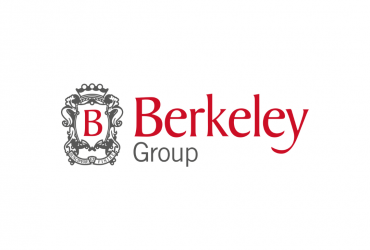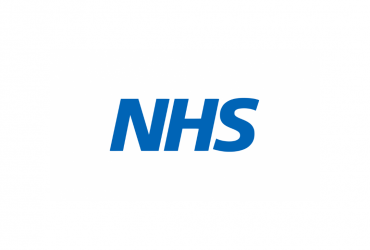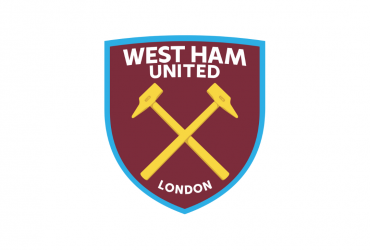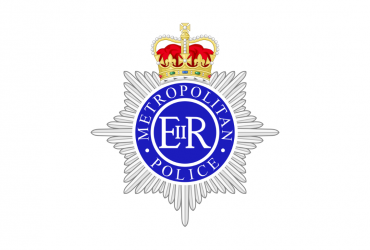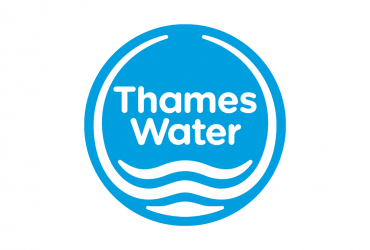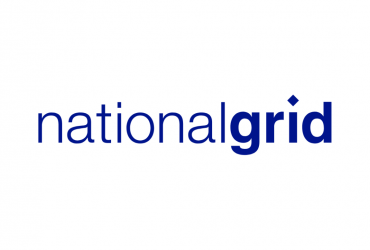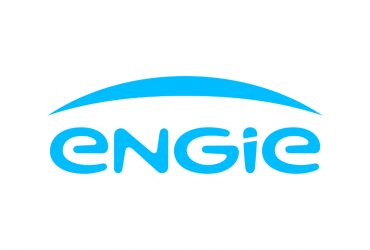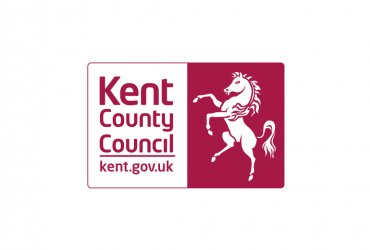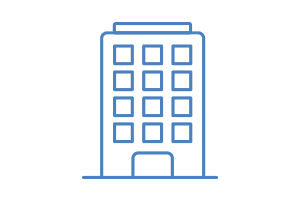What Are The Main Causes Of Damp?
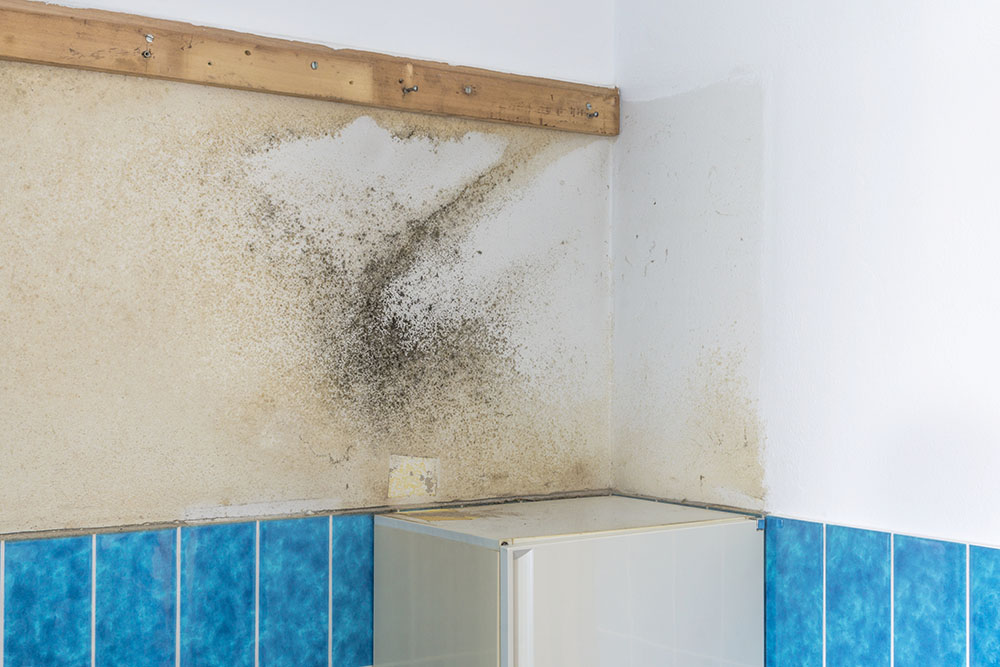
CONTENTS
- What is damp?
- What are the risks of damp?
- What causes damp?
- How to prevent damp in your home
- What to do if damp has caused mould
- Get in touch
Mould is a common occurrence in the UK, with thousands of homes across the country affected by it every year. However, mould is a preventable issue that relies on environmental factors to begin growing. One of these factors is structural damp, which is just as preventable.
ICE Cleaning is the UK’s leading cleaning company in mould remediation services, providing high-quality cleaning solutions with our 9-stage removal process. Our technicians are Dewpoint-accredited, utilising modern technology and solutions to identify mould at the source and stop it returning.
Read on to learn more about damp and how you can prevent it.
What is damp?
Damp is a structural issue caused by excess moisture within a building. It is either caused by external elements or indoor condensation that has started to erode the integrity of a building. Because of this broad causation, there are various reasons why damp exists in the first place.
Luckily, damp is easy to spot if you are looking for it. One of the first indicators of damp may be a subtle smell or visual damage across your home. If damp is starting to spread across your home, you might notice:
- Musty, damp smells
- Condensation on windows, walls, or mirrors
- Cold walls
- Wet or rotting skirting boards
- Damp patches on the walls or ceiling
- Peeling or bubbling wallpaper
- High humidity levels
What are the risks of damp?
If damp is left long enough to manifest in your home, you might notice signs of deterioration like peeling wallpaper and wood rot. When damp causes mould growth, the issue exacerbates and requires extensive restoration methods.
However, damp can also cause illness and potentially long-term ailments for vulnerable people like children and immunocompromised individuals. Although healthy and able-bodied people may not be affected at first, they will start to develop symptoms including:
- Coughing
- Wheezing
- Tightness in the chest
- Respiratory infections
What causes damp?
Issues like excess moisture, poor ventilation, and leaking pipes is often the source of damp. Older homes are more vulnerable to damp compared to newer ones due to the development of construction in recent years.
However, any building can become a breeding ground for damp. Four types of damp may affect your property and cause damage that requires professional help, including:
Condensation damp
This common form of damp occurs due to excess moisture that encounters cold surfaces, leading to a build-up of condensation. You will often see this on windows during the winter, which can quickly cause a mould breakout.
Rising damp
Ground floors are most vulnerable to this type of damp, caused by moisture that rises from the ground beneath the structure. It will lead to rot and peeling surfaces that could become dangerous quickly.
Penetrating damp
Existing structural issues like porous bricks, poorly fitted cavity walls, or air gaps are the source of penetrating damp. This is resolved by fixing a plumbing or structural problem in your home, but it can become costly.
Interstitial condensation
This type of damp will usually happen within an enclosed space like a cavity wall, roof, or floor structure. It occurs when warm and humid air seeks out cold areas within the structure, forming condensation you cannot see.
How to prevent damp in your home
Because excess moisture causes damp, you will have to make some changes in your everyday activities to prevent them from building up. Improving ventilation and reducing humidity ensures that the likelihood of damp accumulating lowers. You can do this by:
- Drying clothes outside
- Opening windows
- Installing extractor fans in bathrooms and kitchens
- Insulating your home
- Using a dehumidifier
- Heating your home at a consistent temperature
- Wiping down condensation
What to do if damp has caused mould
When damp leads to mould, it can get out of control quickly, leading to further degradation of your home and making it unsafe to continue living in. It is imperative that upon noticing mould, you continue to take steps to prevent it from spreading further.
Mould spreads through airborne spores, which always linger around us, waiting to meet the correct conditions before they start growing. You must ventilate your home and keep humidity levels low to slow the spread.
Do not attempt to clean mould yourself, as doing so does not kill it. Commercial cleaning products and DIY solutions like vinegar may clear the surface mould, but it does not remove the mould beneath it. You will need to contact a mould removal company.
Get in touch
Our technicians at ICE Cleaning provide high-quality mould removal services, using state-of-the-art technology and solutions that eradicate the mould. Your home is protected by our lifetime guarantee*, where we return free of charge if the mould returns.
If you would like to know more about our mould services, you can reach out to our team at 0208 066 0360 or enquiries@icecleaning.co.uk. Our cleaners work nationwide, 24/7, 365 days a year, and we can be on-site at your earliest convenience in an emergency.
*subject to advisories

Speak with me today,
I’m here to help
By asking you a few questions either via phone or email I can immediately provide a realistic estimation of the cost.
You’re in good company. We’ve cleaned for the following commercial clients… View all

Why choose us?
- Cater to a wide variety of cleaning situations
- Nationwide coverage, available 24/7
- Cater to commercial and domestic clients
- Free survey provided prior to quotation
- Emergency response team
- Offer a bespoke service designed to suit all your needs
- All technicians hold professional health and safety qualifications, including BICSc, IOSH, Dewpoint Professional & Safe Contractor
We’re fully accredited
We place best practise, professional expertise and health and safety at the core of our business. We’re fully compliant with all legal obligations. You can view a list of our accreditations below, or visit our Health & Safety page for more information.

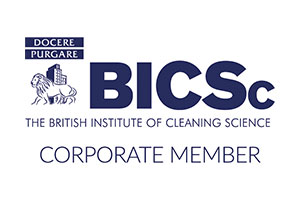

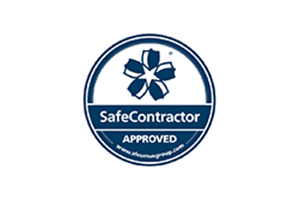

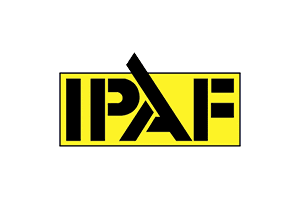
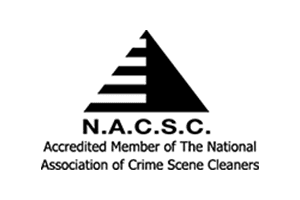




-RGB-small.1707319151.jpg)

